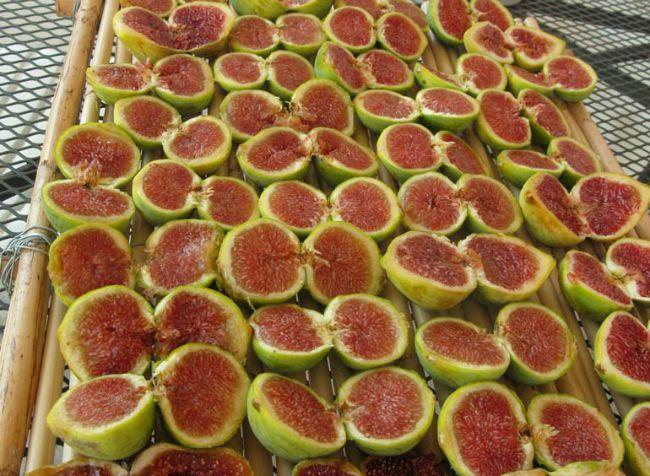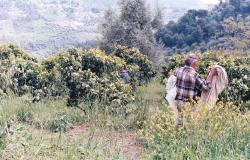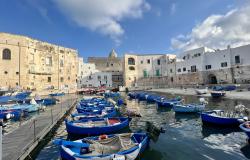This article is part of ITALY Magazine’s "Slow Food series", where we present typical products from the different regions of Italy that make up the network of the non-profit organization’s “presidia”. As explained on the Slow Food website, “The Presidia sustain quality production at risk of extinction, protect unique regions and ecosystems, recover traditional processing methods, safeguard native breeds and local plant varieties.” We stand by this commitment and want to support small producers by making their products and hard work better known to the public.
You may tend to associate almonds with the region of Sicily, but you should know that this delicious product can also be found, in many varieties, in the southern region of Apulia, and in particular in the countryside area between San Vito dei Normanni and Ceglie Messapica, in the province of Brindisi (Alto Salento), where figs are also produced in great quantities.
These two ingredients make the base for a typical dessert from this area called “fico mandorlato” (almond-stuffed fig), a Slow Food presidium.
Preparation
The freshly picked figs are opened up into two halves and left to dry in the sun for three days. The tradition of drying figs is typical of the south of Italy, practiced mostly by farming families. But the idea of enriching dried figs with an almond is peculiar to this area, and originates in San Michele Salentino. Here, farmers began to use both ingredients to make a simple sweet, the dried fig, richer and more complex.
Once the figs have reached the right degree of drying, they are stuffed with an unpeeled toasted almond: the bitterness of the skin is contrasted with the sweetness of the fig, which enhances the flavor. Finally, a piece of lemon rind and dried wild fennel are added. The fig half is then covered by another half and put into the oven for about an hour.
The almond-stuffed figs are prepared from August to the end of September. They are typically eaten around Christmas, but can be found year-round.
Why a Slow Food Presidium was created
In the fields of the Alto Salento in the southern region of Puglia, olive trees alternate with almond and fig trees, apricots and vineyards. In the past, one and a half hectares of these varied crops were enough for the local farmer families to support themselves. However, in recent years, many fig trees in the Alto Salento have been uprooted to make space for more profitable olive groves and vineyards, endangering the unique nature of this rural landscape. As reported by Slow Food, “With the establishment of the Presidium, Slow Food wants to protect both this traditional delicacy from San Michele Salentino as well as the agricultural biodiversity of the countryside.”
Source: Slow Food
Want more Italian delicacies? Click here.













